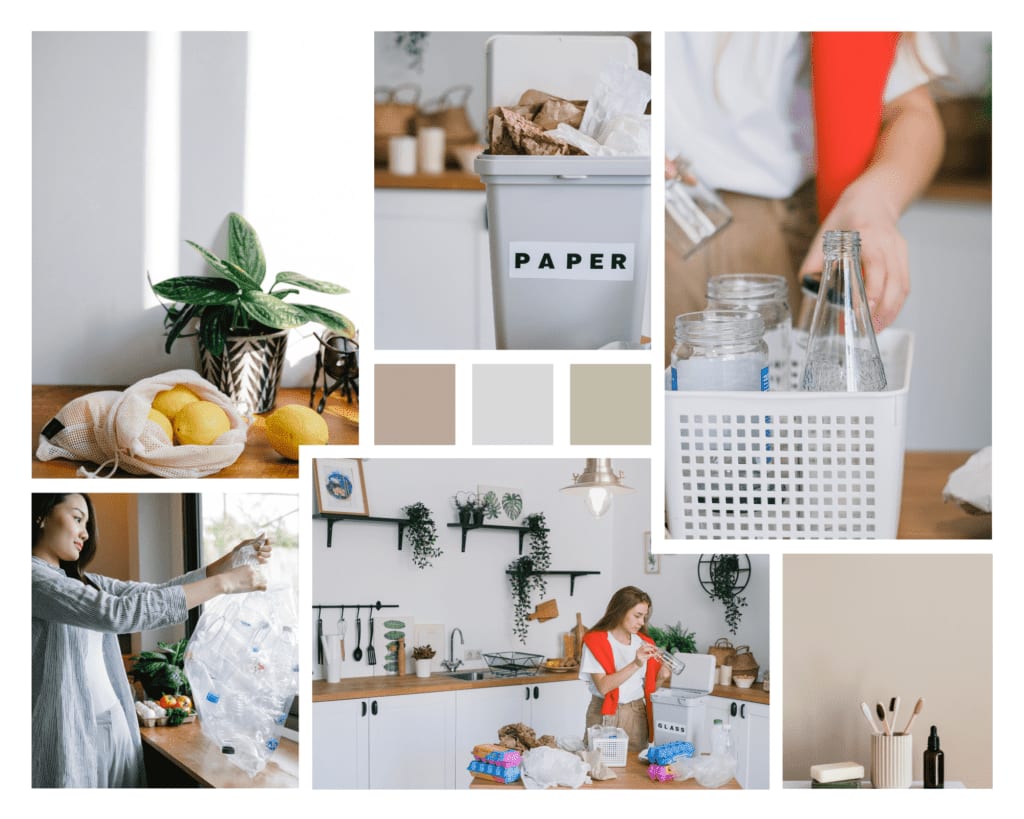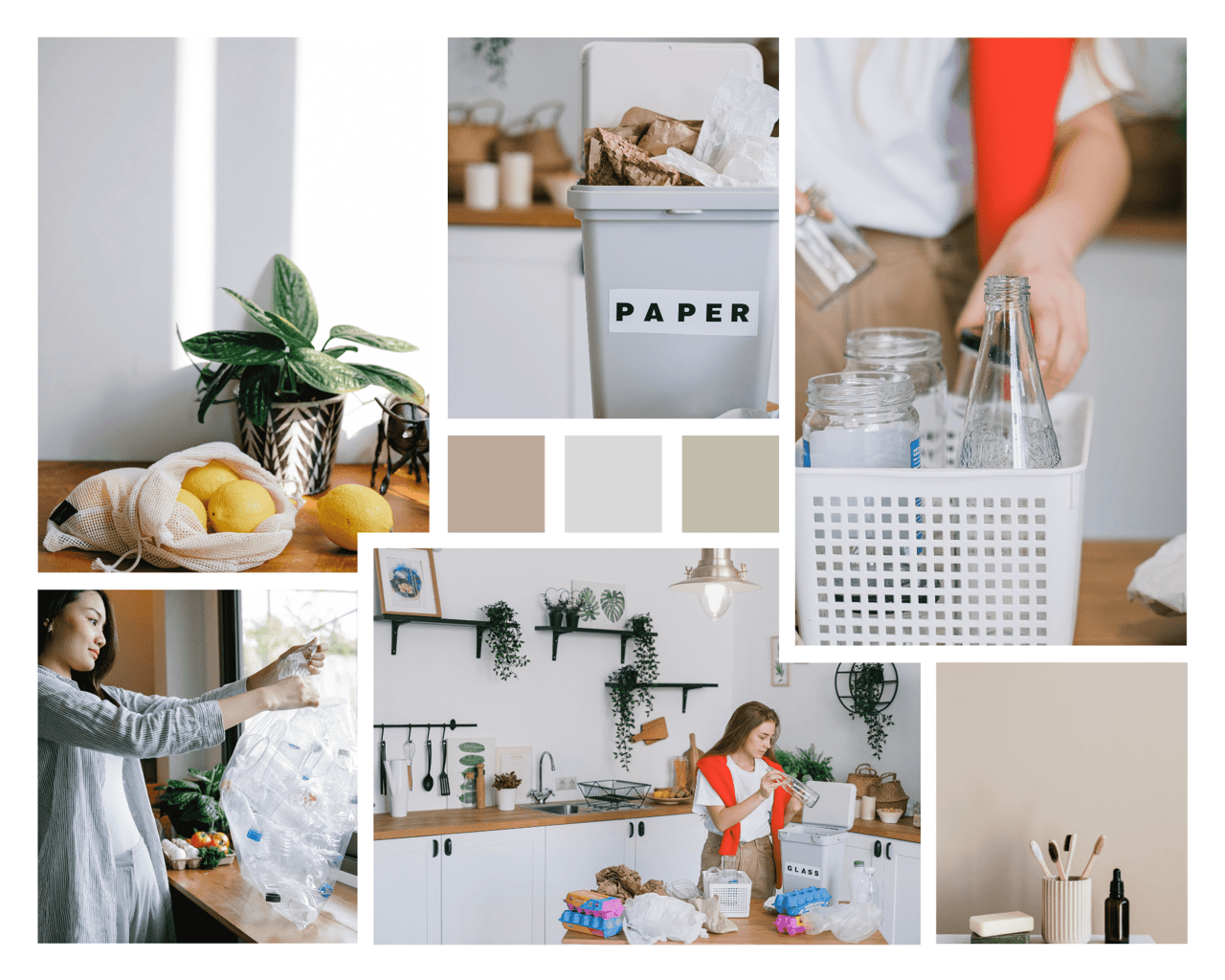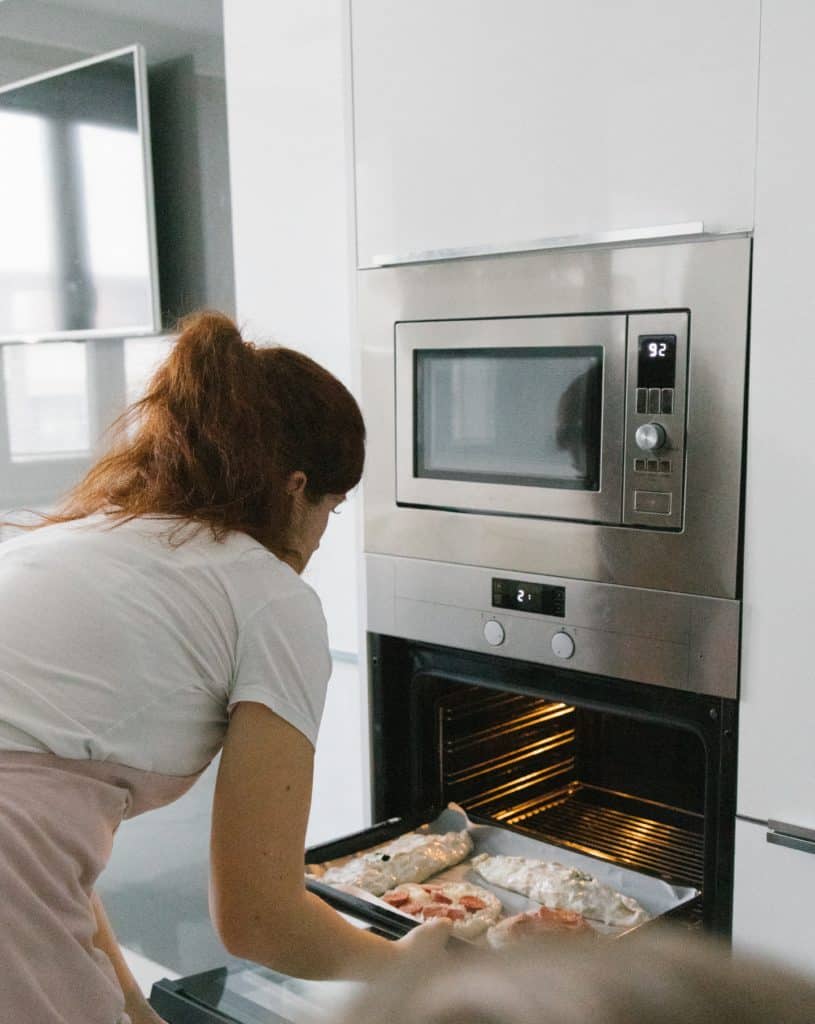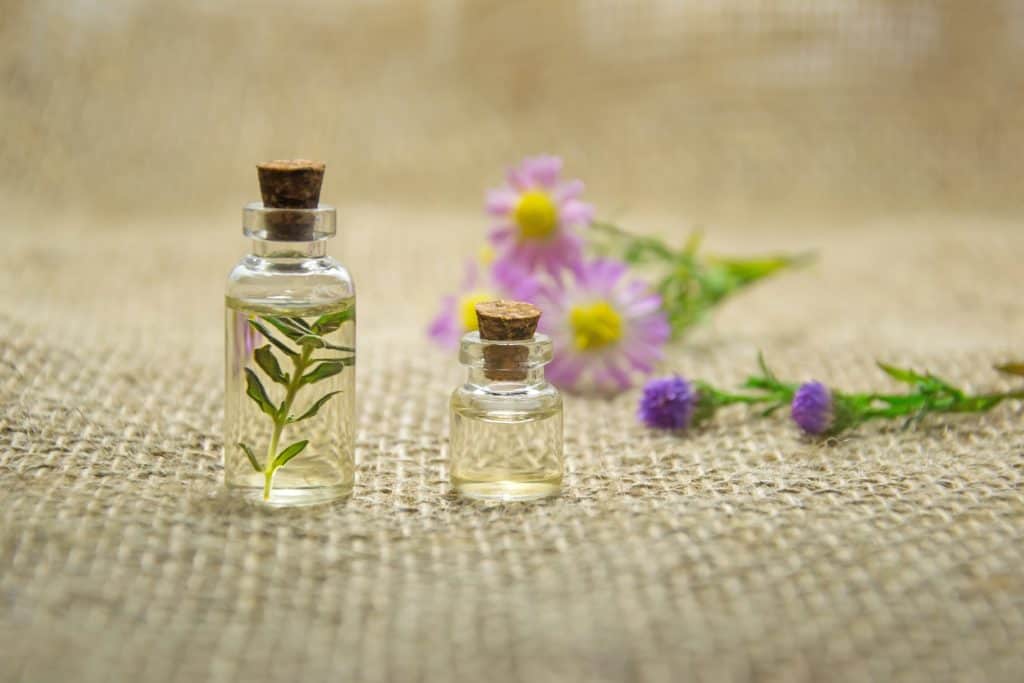
Being intentionally eco-wise is just as good for your health and bank account as it is for Mother Nature. Now when we talk about greening your home, we’re not talking about investing in major home renovations that’ll cost you thousands of dollars. We’re talking about adopting a healthier, greener lifestyle by doing basic things like recycling, sourcing local materials and repurposing items from your home. A lot of people don’t realize how much of an impact they can make by breaking out of their bad habits and making simple lifestyle changes. In fact, most people don’t even realize that their everyday habits are detrimental to the environment. This is because it’s hard for people to see their stance in the greater realm of things when they’re just one person or household. However, as Margaret Mead once said, “Never doubt that a small group of thoughtful, committed citizens can change the world. Indeed, it is the only thing that ever has.” So with that being said, here are 10 easy and completely free ways to make your home more environmentally friendly.
1. Clean your Lightbulbs
According to Danny Seo, a green lifestyle expert, you can boost the light output and efficiency of bulbs by doing something as simple as unscrewing and dusting them. The reason is that the dust that builds up on the top of light bulbs can be an economic hazard, since built-up dust covering the bulbs limits the amount of light it emits. It also causes the bulb to burn up faster than a clean one. Make it a habit to clean your lightbulbs at least once every month so that you can allow them to really shine.
2. Move Lamps to the Corner
You can also maximize light without increasing your electric bill by moving floor or table lamps from flat walls to the corners of rooms. Corners allow the light to reflect off two walls instead of one, which gives you more reflection and usable light. Check out our blog on
4 interior design tips: it’s all in the details for more information on how to design your home and for some extra tips on being more green.
3. Clean with Vinegar
The U.S. Environmental Protection Agency names phosphorus, nitrogen, ammonia and chemicals grouped under the term “Volatile Organic Compounds” as the worst environmental hazards in household cleaners. According to the EPA, VOCs contribute to smog, and the pollution is so severe in some areas that legislation to ban or restrict the amount of VOCs in household cleaners became necessary. This is why it’s important to make vinegar your new best friend when it comes time to clean your home. It’s a natural way to kill bacteria, germs and mold on top of eliminating odors. Use a solution with half water and half vinegar to freshen up the fridge, kill bathroom germs and wipe off dirty faucets.
4. Use your Fridge Strategically
Running your refrigerator can account for as much as 15 percent or more of your household’s electric bill so imagine how much money you can save by using it strategically. Start by moving your refrigerator to a shady area because sunlight will force it to work harder to keep cool. It’s also important to try and refrain from consistently peeking into the fridge because it uses a lot of energy to replace all the cold air that flows out every time someone opens the door. Read up about our blog,
8 Smart Home Technologies that Home Buyers are Looking for to see what other smart appliances can help you save money in the long run.
5. Multi-task in the Oven
While you’re heating up food in the oven, why not add other items you need to bake later in the week to save time and energy? For example, bake five or six potatoes instead of just one, and eat them over the next week. Also, try to refrain from opening your oven door while you’re baking because the temperature can drop 65 degrees by leaving the door open for 30 seconds, which means longer baking times and higher electricity bills. So as tempting as it is, don’t keep unnecessarily checking in on your food.
6. Collect Rainwater to Water Plants
Most homeowners use sprinklers or their own tap water to water their lawn and garden, which is a huge waste. Try to place buckets by your gutters in order to capture rainwater so that you can use it for your plants. One night of rain can dump 300 gallons of water on the roof of your house, much of which flows into the street, collecting street pollutants including oil, fertilizer, cigarette butts and animal waste. The runoff ends up in your city’s stormwater collection system, which dumps into our public waterways. If everyone started to reuse rainwater for other purposes, we might be able to avoid statewide droughts and prevent contaminations from getting into our water systems.
7. Fix Water Leaks
Leaking toilets and faucets may not seem like a big deal, but they actually waste a lot of water and can cost you a lot of money. According to
EPA.gov, 10 percent of homes have leaks that waste 90 gallons or more per day, and the average household’s leaks can account for more than 10,000 gallons of water wasted every year. Often times the biggest sign of a leak is an unexplainable spike in your monthly water bill which indicates that it’s a problem you shouldn’t just ignore. If you don’t want to spend money on a plumber, we recommend watching some DIY tutorials to try and fix the problem yourself. Try use
WikiHow or reference the Family Handy Man’s
Blog for some pointers.
8. Wash Clothes in Cold Water
By washing your clothes at 30 degrees Celsius temperature, you’ll be using 40% less electricity than washing at higher temperatures. Since about 90% of the energy consumed while running a load is used to heat the water, the average household opting for cold can eliminate as much as 350 pounds of carbon dioxide emissions annually. For most homes, this will amount to about $40 in savings a year. Cold water even helps to eliminate residual odor better than warm water does… sounds like a win-win situation to us.
9. Eco-Scents
Instead of spending money on chemicals and synthetic fragrances, opt for 100% essential oils and non-aerosol scents. What’s even better – use a plant, such as the Arabian Jasmine or Gardenia, to help freshen up the smell in a room. A report that was released in September of 2007 by the Natural Resources Defense Council found that 12 of 14 brands of common household air fresheners contained phthalates, which are chemicals that are used to prolong the length of time that scented products maintain their fragrance. Regular exposure to phthalates can increase your risk of experiencing endocrine, reproductive, and developmental problems. All-natural is the way to go if you want to prolong your life and help keep our environment green.
10. Reward your Green Efforts
As you develop greener habits, you could earn rewards by signing up for websites like
Recycle Bank or
PSE Green Power Program. Actions like signing up for paperless billing, recycling at home, or using less energy earn Recyclebank users points that are redeemable for coupons, gift cards, and free offers from major retailers. If you’re making the effort to go green, you might as well get rewarded for doing so! Reward programs like these help to keep you motivated in making greener decisions.
We also recently posted a blog on a charming couple who did some extensive home improvements to fit the near-zero carbon emission. They have a few very good tips that every homeowner can adapt. See the post and video
here.


















